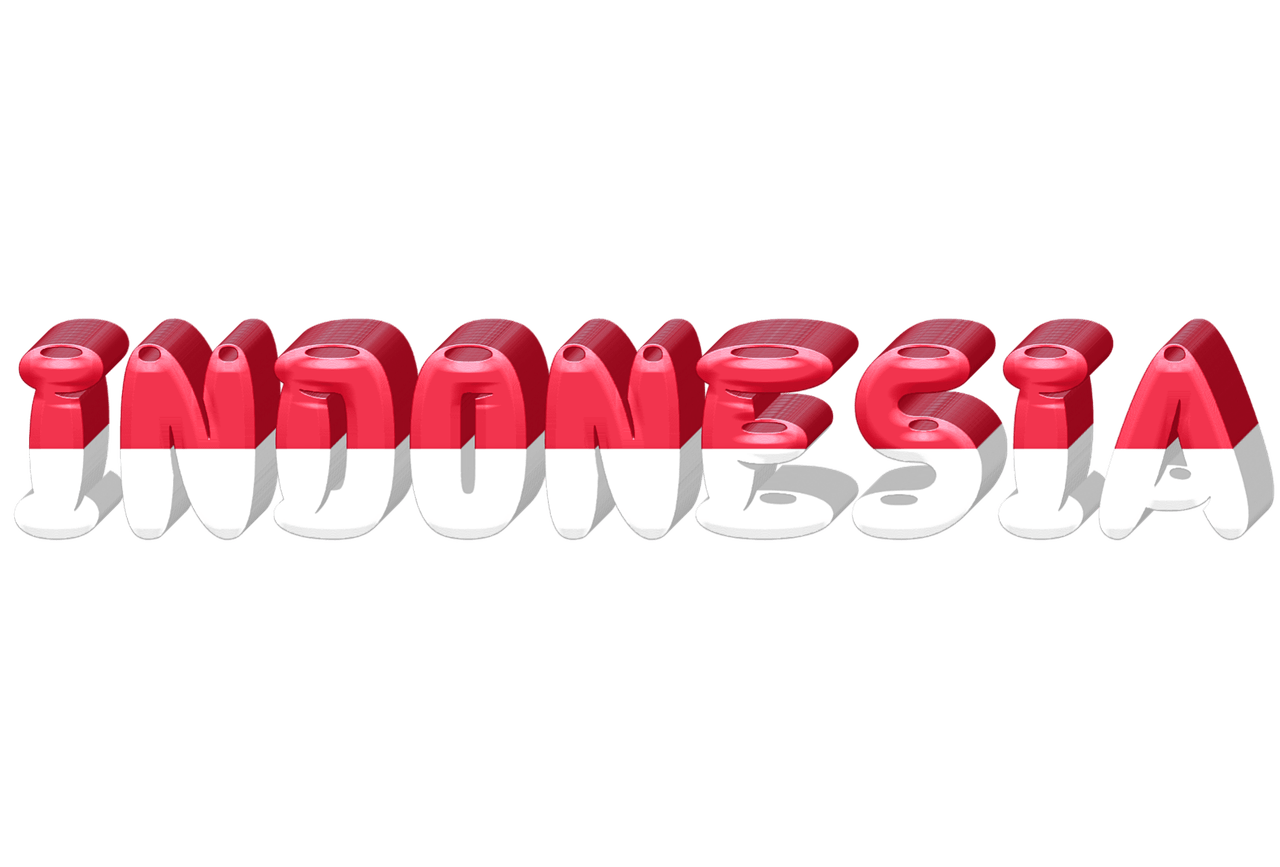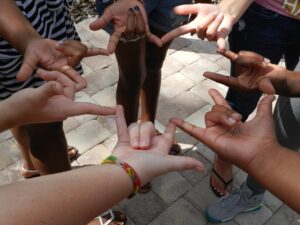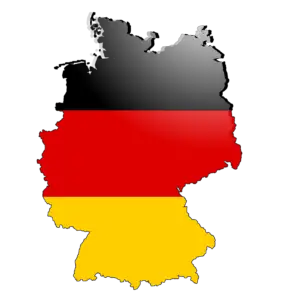Indonesia, a land of diverse cultures and languages, is home to a rich tapestry of communication forms, including the Indonesian Sign Language (Bahasa Isyarat Indonesia or BISINDO). BISINDO is not just a mode of communication; it’s a cultural cornerstone that empowers the deaf community, fostering connections and understanding in a country brimming with linguistic diversity.
Origins of Indonesian Sign Language
The roots of BISINDO trace back to localized sign languages prevalent within different Indonesian regions. These diverse languages, often known as “kata kolok” or “kata isyarat,” formed the basis for the development of a unified Indonesian Sign Language. With influences from local sign languages and international sign systems, BISINDO emerged as a comprehensive means of communication among the deaf population across the archipelago.
Usage and Community
Estimates suggest that around 200,000 to 300,000 Indonesians are deaf, with a significant portion relying on BISINDO for daily communication. However, the usage of BISINDO isn’t limited to the Deaf community alone. Family members, educators, and individuals involved in deaf advocacy also engage with and learn BISINDO to facilitate communication and inclusivity.
Despite its widespread use within the deaf community, challenges persist in its recognition and integration into mainstream society.
Government’s View and Support
The Indonesian government has taken steps to acknowledge and support BISINDO. In 2016, the Ministry of Education and Culture declared BISINDO as one of the national languages for the deaf community, aiming to promote its usage and facilitate educational opportunities for the deaf.
However, despite these efforts, there are still gaps in the implementation of inclusive policies. Limited resources, a lack of trained interpreters, and inadequate educational infrastructure pose hurdles in providing quality education and accessibility to BISINDO for the deaf population.
Education and Challenges
Access to education plays a pivotal role in the empowerment of the deaf community. Efforts have been made to integrate BISINDO into educational curricula. Special schools for the deaf often incorporate BISINDO as a primary language of instruction, aiming to provide a conducive learning environment for deaf students.
Nonetheless, challenges persist in ensuring comprehensive education for the deaf. The shortage of qualified educators proficient in BISINDO, along with insufficient resources for deaf education, remains a critical concern. This gap limits the educational opportunities and social integration of the deaf population.
The Way Forward
The journey towards full inclusivity and recognition of BISINDO requires concerted efforts from various stakeholders. Enhancing educational infrastructure, providing specialized training for educators and interpreters, and raising awareness about the importance of sign language in fostering inclusivity are vital steps.
Government initiatives should focus on bolstering policies that ensure equal access to education and employment opportunities for the deaf community. Collaboration between government bodies, educational institutions, and advocacy groups is crucial in this regard.
Conclusion
Indonesian Sign Language, with its roots in local sign languages, embodies the diversity and richness of Indonesia’s cultural landscape. Despite strides in recognition and government support, challenges persist in providing comprehensive education and inclusivity for the deaf community.
Efforts towards a more inclusive society necessitate a holistic approach, one that prioritizes education, awareness, and policy implementation. By recognizing the significance of BISINDO and taking tangible steps towards its integration, Indonesia can create a more accessible and inclusive environment for all its citizens, fostering a society where communication barriers are broken, and diversity is celebrated.



